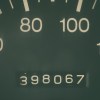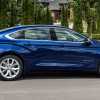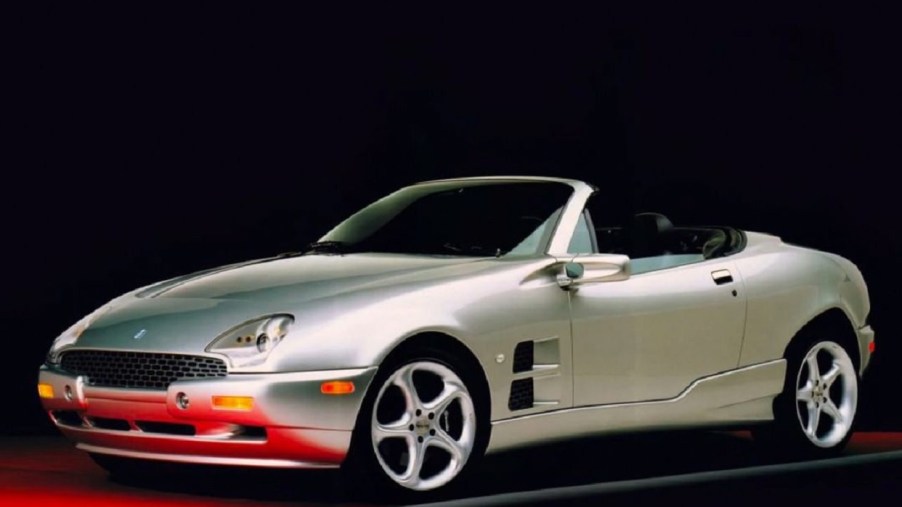
The Qvale Mangusta Was an Italian Ford Mustang. No, Really
There have been a lot of flavors of Ford Mustang released over the years. Some, like the Shelby GT350 and Mach 1, have even gone and come back. But the best-selling sports car has also underpinned other cars. For example, the Panoz Roadster. And, even less well-known, the Qvale Mangusta, which attempted to bring back an Italian classic.
The Qvale Mangusta’s complicated history
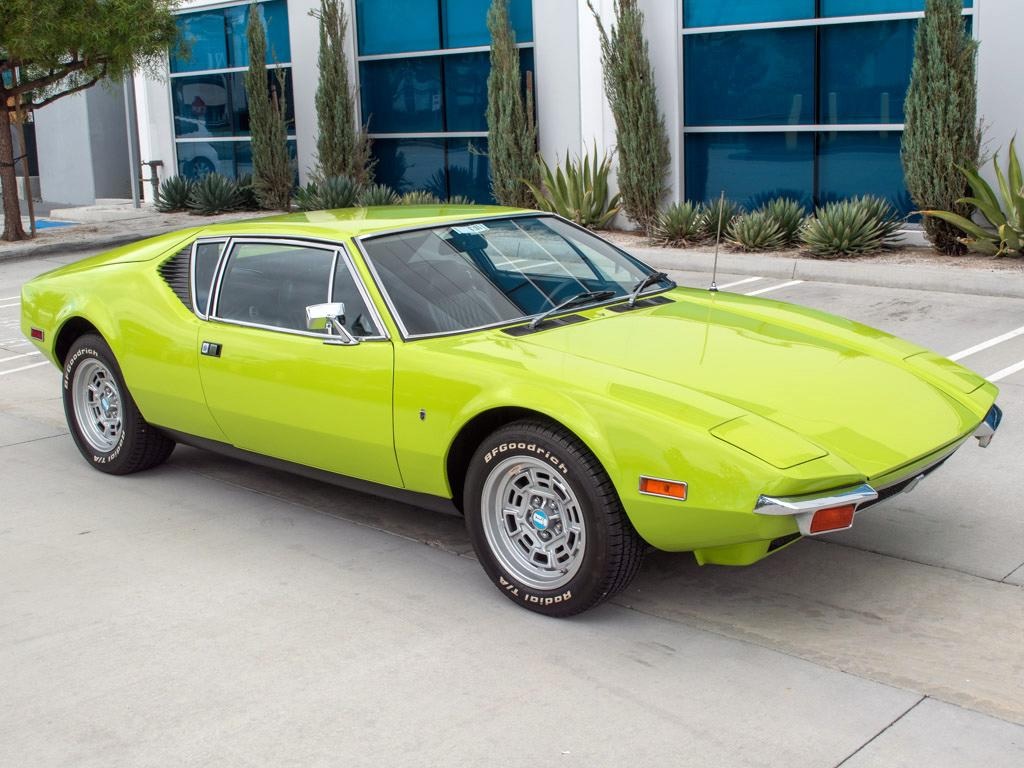
The Qvale Mangusta’s story starts with De Tomaso. De Tomaso was an Argentinian carmaker that combined Italian-made bodies and interiors with American V8s. The most well-known of these ‘hybrid’ cars is the 1971 Pantera, which featured a 350-hp 5.8-liter V8. However, before the Pantera, there was the De Tomaso Mangusta, Petrolicious explains.
The Mangusta, Automobile reports, actually resulted from an argument with Carroll Shelby. Shelby was supposed to build a sports car for De Tomaso but backed out of the deal. So, Alejandro De Tomaso, the company’s founder, named his next car after the animal which eats cobras—the mongoose.
Despite having 4-wheel independent suspension and a 250-hp Ford V8, though, the De Tomaso Mangusta wasn’t particularly successful. Extremely poor handling, Hagerty reports, was likely a factor. Only 401 were made, and only about 250 still exist.
Finding success with the Pantera, De Tomaso continued making it until 1993. By then, though, it was outdated, and the company needed a refresh, Autotrader reports. So, Alejandro decided to recreate the Pantera formula—Italian styling, American powertrain—using the contemporary Ford Mustang.
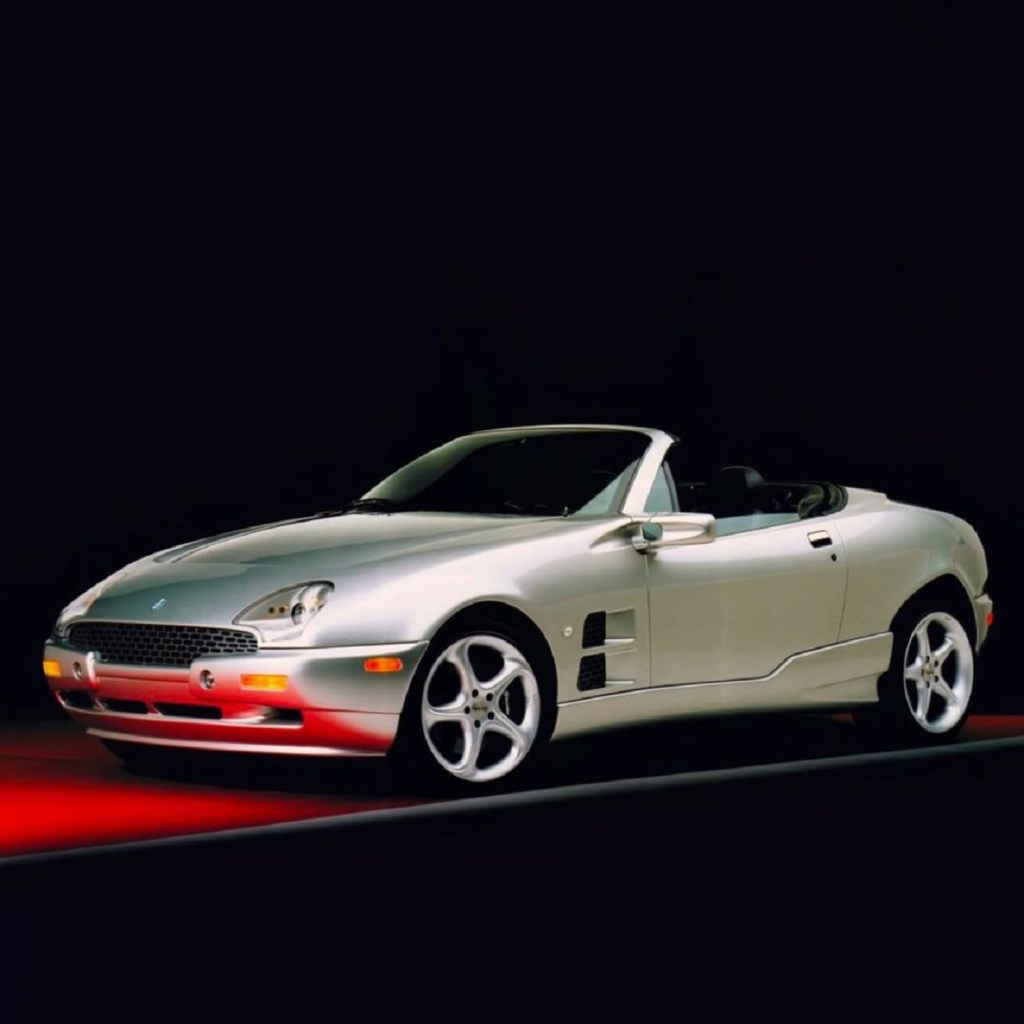
To help pay for tooling, parts, and styling from designer Marcello Gandini, he turned to American car dealer Bruce Qvale. But disagreements, combined with De Tomaso’s recurring health problems, led Qvale to produce the car on his own, Motor Trend reports.
That’s how, in 1999, parts of the Ford Mustang SVT Cobra ended up in the Qvale Mangusta.
Qvale Mangusta specs, features, and driving impressions
To be sure, the Qvale Mangusta isn’t just a re-bodied Ford Mustang, Hagerty explains. Its chassis and double-wishbone suspension, for example, was the work of F1 car designer Enrique Scalabroni. And it has a completely different folding roof than the convertible Mustang SVT Cobra, The Drive reports. It’s extremely complicated, with a removable center section. This allows the Qvale Mangusta to be driven a hardtop, a Targa, or roof-down convertible.
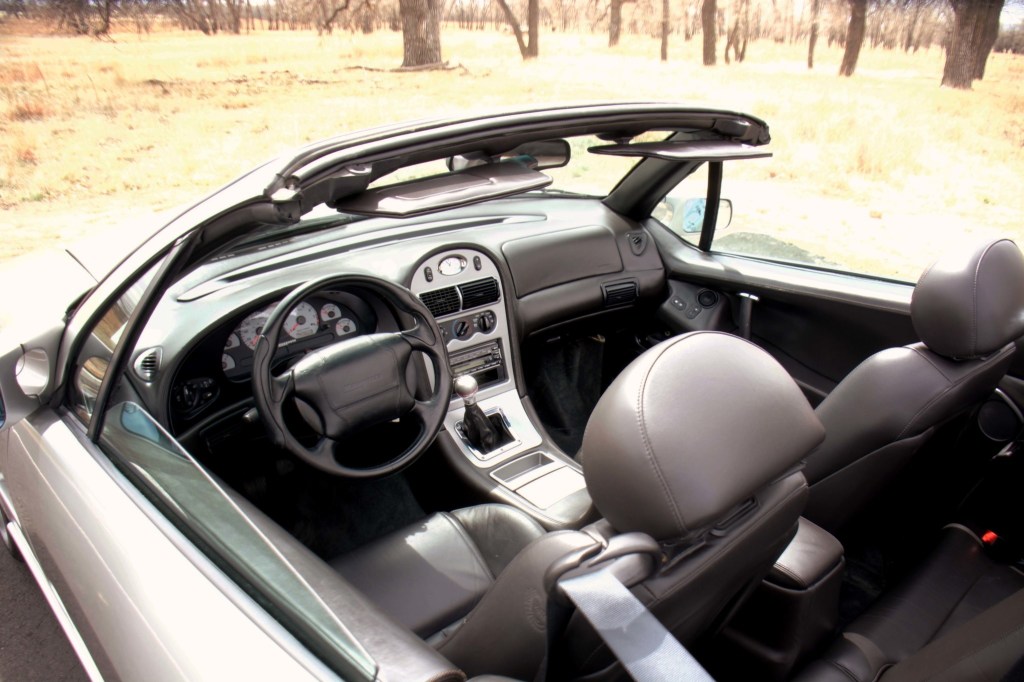
However, inside, some of the Ford Mustang parts start to make themselves known. The window switches, cupholders, climate controls, turn signals, even the steering wheel are from the Mustang SVT Cobra. So is the key, though, in the Qvale Mangusta, the Ford logo is removed. Interestingly, though, because the Mangusta has different doors than the Ford Mustang, the standard keyhole location wouldn’t work. So Qvale made a new keyhole, and put its logo on top of the old keyholes.
But besides the Mustang switchgear, the interior itself is actually fairly comfortable. The Italian stitched leather is supple, and the silver dashboard accents feel high-quality. Though the rear seats are best described as ‘vestigial.’
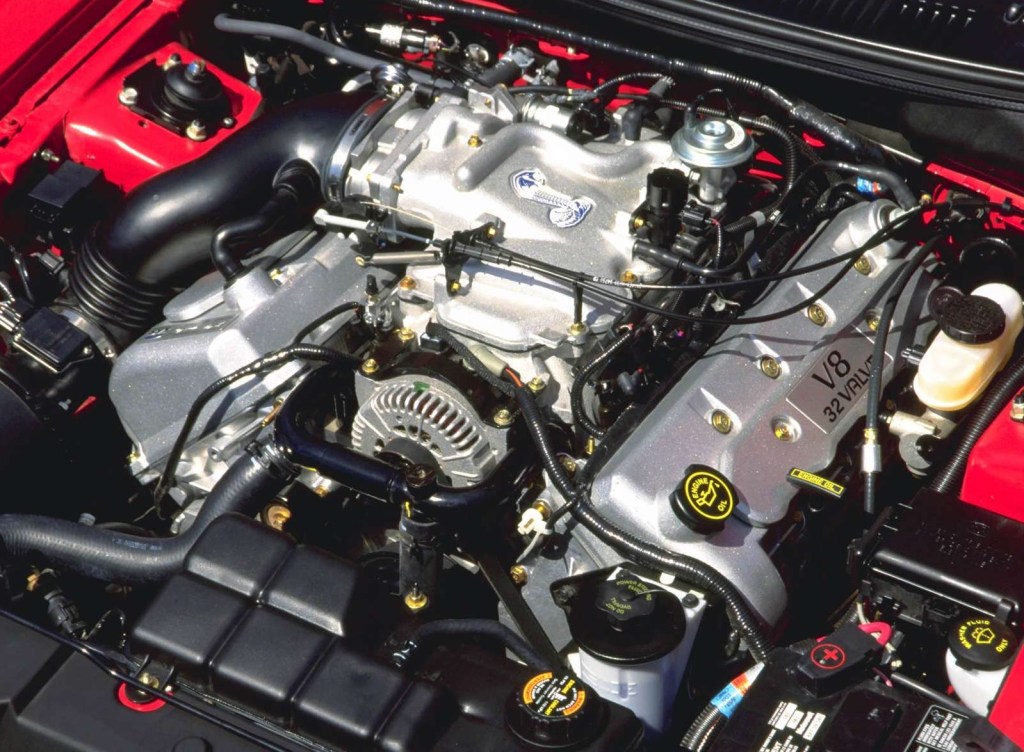
Under the hood, the Qvale Mangusta uses the Ford Mustang SVT Cobra’s 4.6-liter V8, which produces 320 hp. Some cars were built with 4-speed automatics, though a 5-speed manual was standard. There was also a limited-slip differential available as an option, RM Sotheby’s reports.
The Qvale Mangusta isn’t particularly fast, Autotrader reports, but it works surprisingly well as a GT car. It feels solid and stable on the road and rides very well. Plus, with the Ford Mustang powertrain, reliability and parts availability aren’t really a problem.
Pricing and availability
Unfortunately, the Qvale Mangusta wasn’t even able to match its De Tomaso namesake in popularity. By the time production ended in 2002, only 284 had been built. There are Ferraris that are less rare than this car.
However, despite that, the Qvale Mangusta isn’t particularly expensive. Examples on Bring a Trailer typically go for $15,000-$20,000. An excellent-condition model may brush $30k, Hagerty reports. Even a highly-optioned 2001 model sold by RM Sotheby’s in 2015 only went for $22,825.
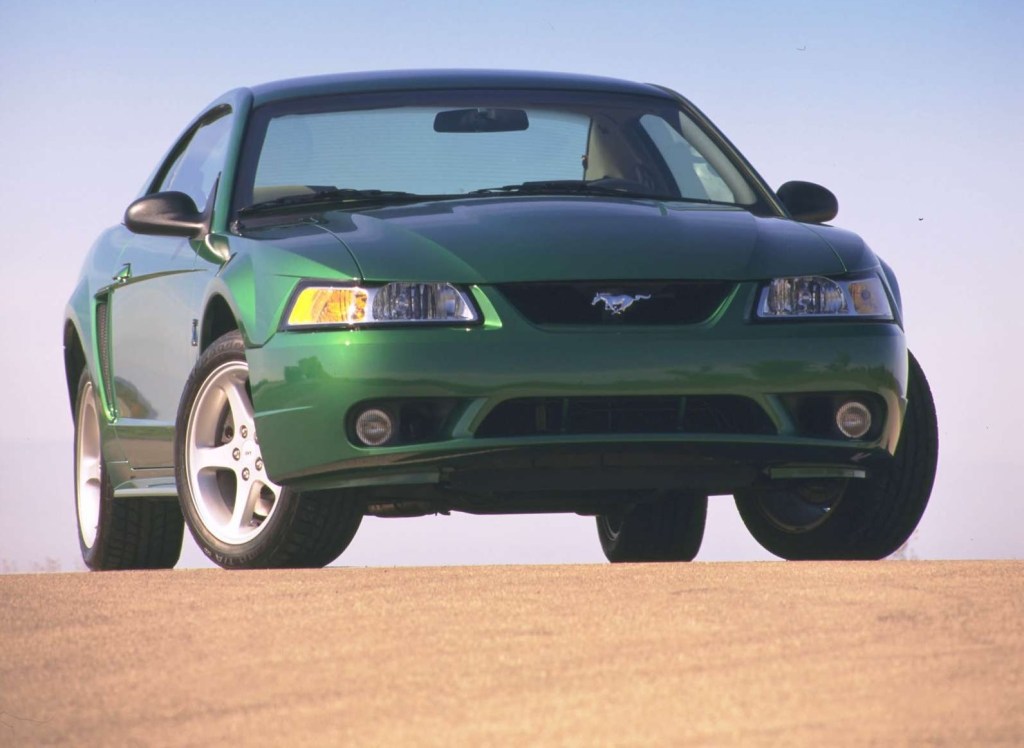
In contrast, a De Tomaso Mangusta sold on BaT in 2019 for $200,000. And the standard Ford Mustang SVT Cobra actually goes for more than the Qvale on BaT, too.
Follow more updates from MotorBiscuit on our Facebook page.

